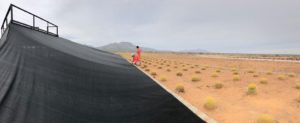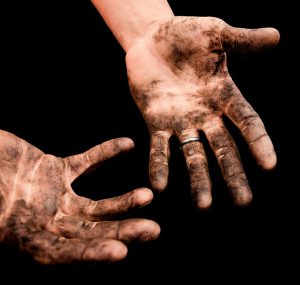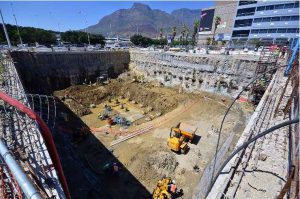Industry Events: African Ports & Rail Evolution 2018, Facilities Management & Convention Cape Town 2018 and Future Energy Africa 2018

Event:
African Ports & Rail Evolution 2018
Date:
2 to 3 October 2018
Event location:
Durban ICC, Durban, South Africa
Event Description:
African Ports and Rail Evolution unites buyers and sellers from across the multi-modal value chain to provide comprehensive access to planned blue economy development and expansion projects across the African continent. African government officials, the worldâs leading maritime suppliers, and transport industry stakeholders from more than 25 African countries converge to identify proven alternative solutions for demand-driven coastal and hinterland development and optimization to boost export markets and fast-track Africa’s economic development.
Contact Details:
Tel: danielbloch@dmgevents.com
E-mail: +27 21 700 5500
Event Details:
Website
Pre-registration
Booking
Event:
Facilities Management & Convention Cape Town 2018
Date:
4 October 2018
Event location:
Cape Town, South Africa
Event Description:
The FMEX provides the attendees with the opportunity to meet purchasing decision-makers that have significant purchasing power, establish a pipeline to potential new business, meet new prospects, generate more sales leads per salesperson in less time than field calls, and much more.
Contact Details:
Tel: +27 11 781 5970
E-mail: alex@probeauty.co.za
Event Details:
Website
Pre-registration
Booking
Event:
Future Energy Africa 2018
Date:
1 to 3 October 2018
Event location:
CTICC, Cape Town, South Africa
Event Description:
Future Energy Africa provides a full-stream integrated exhibition & conference platform committed to advancing future oil, gas & energy solutions for the African continent. This cohesive event will enable Africa’s governments and key officials, NOCs, IOCs, gas & LNG stakeholders, integrated energy companies, technology providers and power generation entities to interface and connect with the fast-evolving energy value chain and corporates driving Africa’s energy future. This event provides companies with an affordable exhibition experience and free to attend on floor technical sessions at the Centres of Technical Excellence (COTES) across 3 days of power-packed networking & knowledge exchange.
Contact Details:
Tel: +27 11 783 7250
E-mail: info@futureenergyafrica.com
Event Details:
Website
Pre-registration
Booking
If you are interested in becoming one of our subscribers, please visit Leads 2 Business.
To view notes with screenshots on how to use our website, please visit Leads 2 Business Wiki.
To view more Events, please visit our Leads 2 Business Blog.
About Sasha Anderson
Millennial Mom + wife living the hash-tag life. Reach out if you want to talk: L2B, social media, construction, technology, marriage, parenting, popular culture and travel. Remember: If You Fail - Fail Forward
- Web |
- More Posts(257)



















 Have you ever wondered what extraordinary materials are extracted from the open pit mining?
Have you ever wondered what extraordinary materials are extracted from the open pit mining? Underground mining uses different underground mining techniques to excavate hard minerals, such as ore which contains, gold, copper, silver zinc. Underground mining not only produces gold, copper & silver but also precious gems like diamonds & rubies.
Underground mining uses different underground mining techniques to excavate hard minerals, such as ore which contains, gold, copper, silver zinc. Underground mining not only produces gold, copper & silver but also precious gems like diamonds & rubies. To view more articles, please visit the
To view more articles, please visit the 